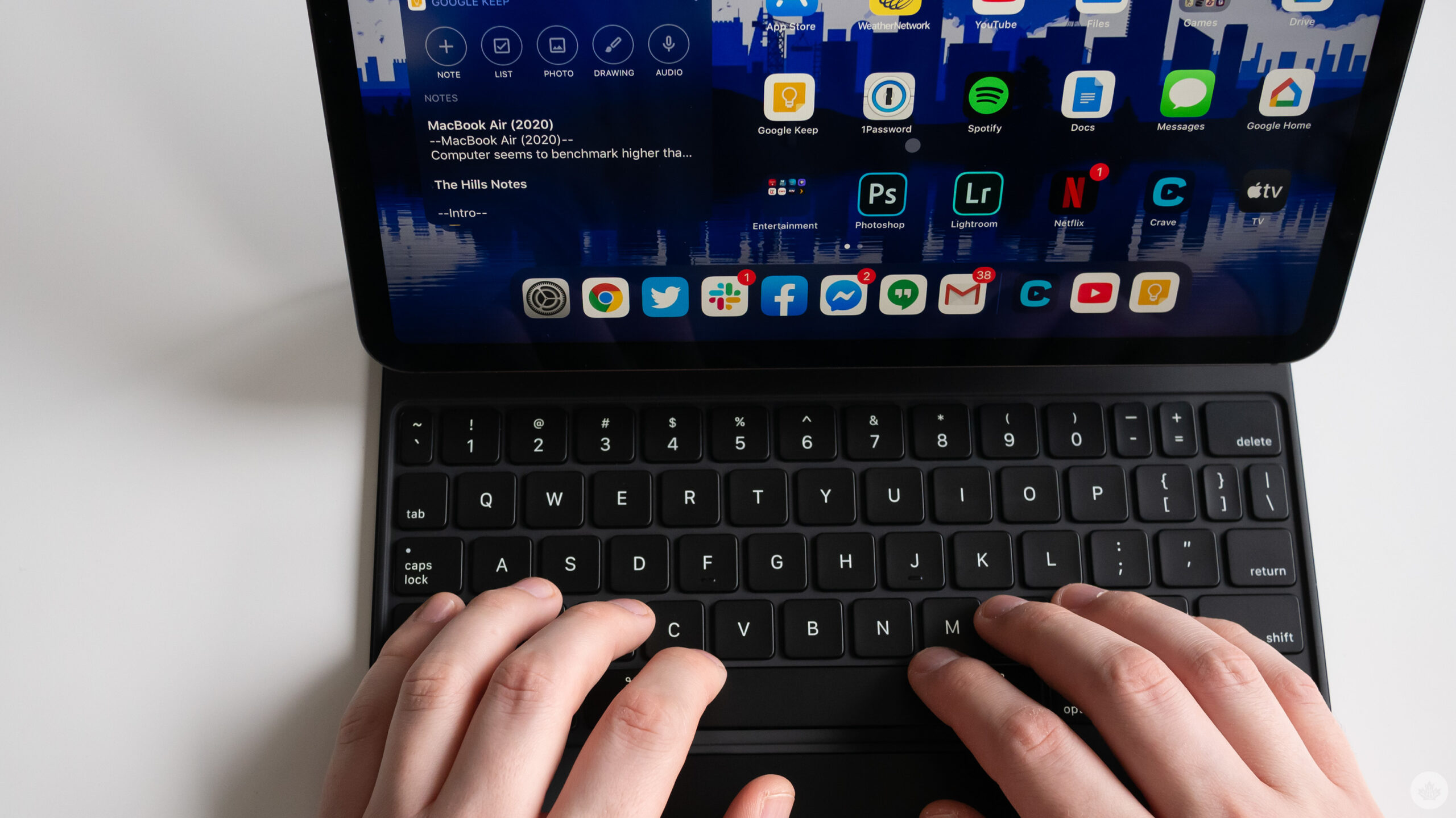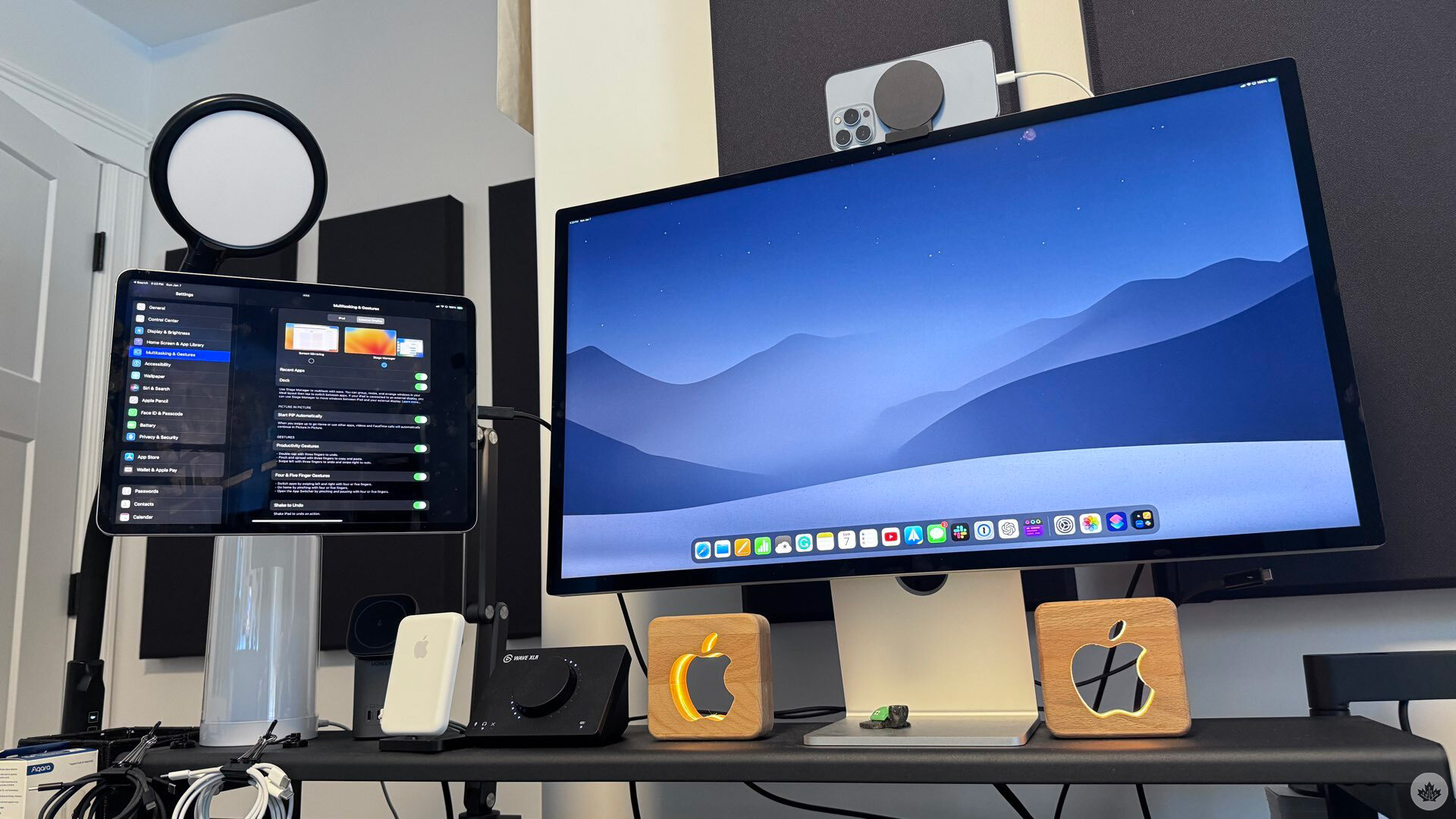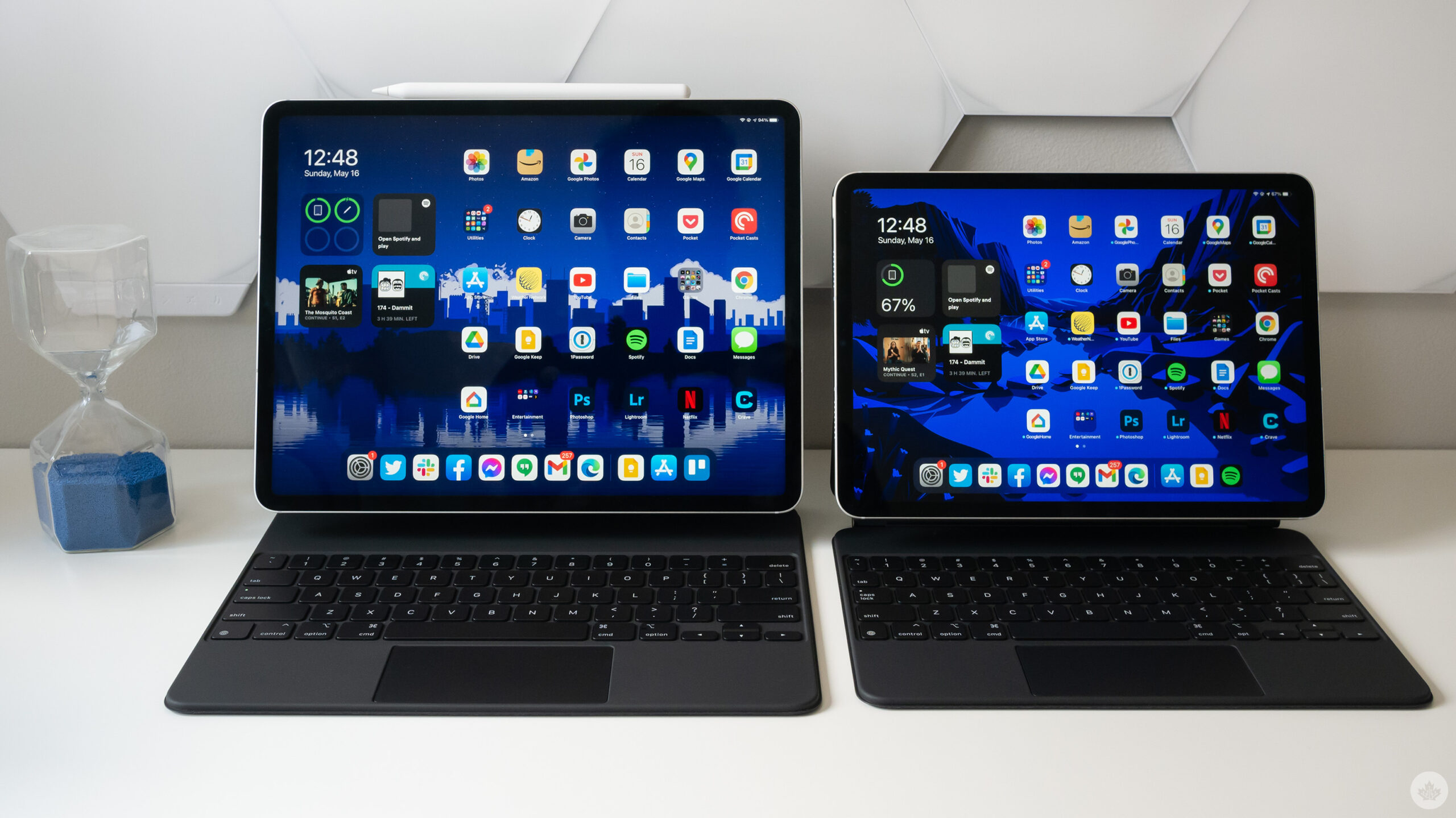
Do you remember Apple’s 2017 ‘What’s a computer’ ad?
Hopefully, you do, because the California-based tech giant removed it from their YouTube channel about five years ago. At the time, that ad got a lot of hate — and it still does. While the ad was harmless in content, it stirred up a great deal of controversy in the tech community. Is the iPad a computer? On a literal level, yes, of course. So is the iPhone and Apple Watch. The question is a more philosophical one.
The iPad has a beautiful display, stellar audio, fine-enough cameras, and is incredibly well-designed. Plus, iPads are equipped with some of the best silicon available. The iPad’s hardware is not the problem — it’s the software. A month ago, I planned to go on vacation and decided to check my Mac in for an overdue battery and speaker repair at my closest Apple Store. The repair itself would only take a couple of days, so I figured my iPad would more than float me for the time being.
Admittedly, shortly thereafter, I decided to take on a project thinking that while I’d have to change my workflow a tad, the iPad would still be more than capable, and it was… hardware-wise, anyway. I continued to hit roadblock after roadblock, causing a project that’d normally take a day to be three times that.
Even with the release of Final Cut Pro and Logic Pro for iPad, the tablet still has a ways to go before it remotely competes with the Mac as a content creation and productivity platform. As a love letter to Apple, here are just a few areas in which the iPad can be improved based on the limitations I encountered.
Clamshell Mode
iPadOS 16.2 brought external display support to iPads with M-series processors. While, in theory, this is very exciting, there are several features missing, making the experience equivalent to macOS. Perhaps my greatest frustration is the lack of a clamshell mode equivalent on iPadOS. “Clamshell mode” is when a MacBook is connected to an external display and power, closed, and then used similar to a Mac mini. I’ve always used my MacBook this way. I’m not a dual display kind of person, so I find it nice to keep my notebook closed and stashed to the side.
 The iPad, on the other hand, needs to remain on. If put to sleep, your display goes, too. From my perspective, this results in my iPad display wearing down quicker for no tangible gain. I’d be thrilled to see a future version of iPadOS that allows the iPad to be put to sleep but still use a monitor like the Studio Display.
The iPad, on the other hand, needs to remain on. If put to sleep, your display goes, too. From my perspective, this results in my iPad display wearing down quicker for no tangible gain. I’d be thrilled to see a future version of iPadOS that allows the iPad to be put to sleep but still use a monitor like the Studio Display.
My desk setup was not initially designed for an always-on second display, so much so that my microphone is mounted on a low-profile arm that moves above my closed MacBook Pro to save desk space. I wanted to revisit working on iPadOS, so I wrote this piece using it while connected to my Studio Display. To make the experience better, I got a proper floating iPad mount and dug out a longer Thunderbolt 3 cable, placing the iPad to my left when needed.
Authentication
One of those needed interactions is Face ID. While an Apple Silicon Mac can leverage the Touch ID sensor on an Apple Magic Keyboard with Touch ID, the iPad can’t. This means that anytime you need to authenticate, like when unlocking the iPad, you need to face it. While I love Face ID, I can’t help but be frustrated about how I can wake my iPad up with the space bar just like my Mac, but I continue to reuse that muscle memory by resting my finger on the keyboard’s Touch ID sensor, only for it to do nothing.
Continuity Camera
Perhaps my favourite Mac feature I began using in 2023 was Continuity Camera, where my iPhone served as my Mac’s webcam. Doing so offers exceptional camera quality compared to otherwise disappointing webcams. While iPadOS does support external webcams, including the Studio Display’s built-in camera — what’s disappointing is how I can’t use my iPhone as a webcam in iPadOS. This frustration is amplified in iOS and iPadOS by not having any settings to select audio input and outputs, once again, like in macOS. Is the connected microphone being used? Is it working? Hopefully.
Background Utilities and Keyboard Shortcuts
One of the best features of using a traditional desktop operating system, whether Windows or macOS, is the ability to install background utilities and create custom keyboard shortcuts. Something as simple as paste-match-style, a command I use multiple times a day, became nearly impossible on iPadOS. Paste-match-style varies based on the app, with no consistent and convenient way to do it. On my Mac, I’d always just press Shift+Command+V, quick and easy. I’ve created countless custom keyboard shortcuts on my Mac, ranging from screenshots to launching specific utilities.
Speaking of utilities, wouldn’t it be nice if iPadOS had a clipboard manager? Or how about a handy little emoji picker called Rocket? Both are available on macOS helping to create a positive and productive user experience. One of my favourite Mac utilities is called Magnet, where I use custom keyboard shortcuts to place windows in specific positions. iPadOS could benefit tremendously from either offering something native or supporting background utilities like those mentioned.
Windowing
Hopefully, you’re still reading because I intentionally wanted to wrap up with windowing on iPad. Ignoring all previous complaints about iPadOS, windowing is single-handedly what I believe to be the primary limiter to the success of iPadOS. The Mac has had decades to refine windowing, while Apple didn’t fork iPadOS from iOS until 2019. Regardless, it’s been six years, and I have complaints.
First, windowing in iPadOS feels choppy and inflexible compared to macOS. While using ‘Stage Manager,’ windows want to snap to a fixed size and position, unlike on macOS where you have near limitless control on the window’s size and shape. I’d like to see Apple expand Split View and offer more options like quadrants and the ability to place two apps on one side and a single app on another.

Second, it’s incredibly frustrating to close a window in Stage Manager and then have the other windows move around. The project I was working on last month had me opening different PowerPoints and every time I closed the app rather than open the next slide deck, I’d have to reposition all the windows manually.
Third, trying to reposition those windows manually is a chore in and of itself when the pointer keeps snapping around and not positioning itself to one of the app’s corners. At least with a trackpad, you can adjust a window from any corner or side because when using the touch screen you can only adjust the window from a single corner. It’s also a pain that new windows open in a new stage rather than the stage in which you’re currently working. Sure, I can drag the app into the current Stage, but macOS doesn’t have this behaviour, so why does the iPad? Don’t forget that you can only have four windows in a stage at any given time, or else one of them will disappear on you. I don’t understand this limitation because it’s certainly not due to hardware.
Finally, I find iPad display mirroring unintuitive to use. I’d like to have my Studio Display mirror my iPad, but when you do that, you lose the full real estate of the 27-inch display with two large bezels on either side. When you use Stage Manager on a dedicated external display without screen mirroring as intended, your stages and dock disappear with no clear way to retrieve them.
The future of iPad and work
This is not a hit piece on the iPad. I love my iPad, I do — and if Apple releases an OLED iPad Pro later this year as rumoured, I’ll undoubtedly buy one. What we in the technology community often miss about the iPad is that it’s great for many things; content consumption, note-taking, document annotation, podcast editing and illustration, to name a few big ones. Personally, one of my favourite activities is to sort and edit my photos on my iPad using my Apple Pencil on the flight home when travelling.
 Tech pundits have a tendency to focus on the things the iPad can’t do rather than the things for which it’s great — this piece included. After all, the Mac isn’t perfect, either. One of my favourite features of my iPad is its built-in cellular connectivity, something the Mac lacks. Frustration boils over when tasks previously completed on a Mac take two to four times longer on iPadOS because of clunky user interactions and lack of feature parity.
Tech pundits have a tendency to focus on the things the iPad can’t do rather than the things for which it’s great — this piece included. After all, the Mac isn’t perfect, either. One of my favourite features of my iPad is its built-in cellular connectivity, something the Mac lacks. Frustration boils over when tasks previously completed on a Mac take two to four times longer on iPadOS because of clunky user interactions and lack of feature parity.
If you enjoy your iPad, please keep doing so. If you dislike the iPad, that’s fine, too. You do you. If you rely on a Mac for your mission-critical work, have a backup or some form of plan should the need arise. An iPad may work, but it also may not. Just don’t take your frustration out on the Apple Genius, quoting a 3-5 day repair time.
In the end, I just want more out of the iPad, but then again, don’t we all?
MobileSyrup may earn a commission from purchases made via our links, which helps fund the journalism we provide free on our website. These links do not influence our editorial content. Support us here.



